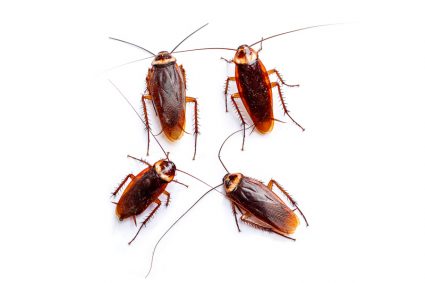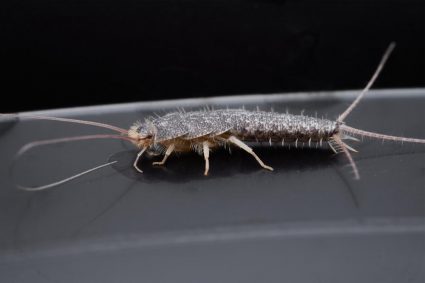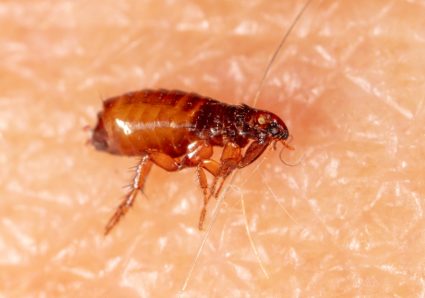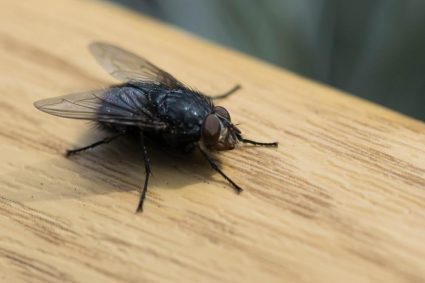
Roach egg sacs, also known as oothecae, are a common sign of a cockroach infestation. Identifying these egg sacs accurately can help you take the necessary steps to prevent a full-blown infestation.
Roach egg sacs, or oothecae, often resemble dried kidney beans or darkly colored grains of rice. The appearance varies depending on the species of roach. For instance, American cockroach egg sacs look like dried kidney beans and are about 1/3-inch long, Oriental cockroach egg sacs are rectangular and reddish-brown to brownish-black, German cockroach egg sacs are light brown with a hard ridge on one side, and Brown-banded cockroach egg sacs are dark yellow to reddish-brown and smaller in size.
What are Roach Egg Sacs?
Roach egg sacs, scientifically known as oothecae, are protective casings where female cockroaches lay their eggs. These oothecae are made from a protein substance that hardens to provide a sturdy shell for the eggs inside. Depending on the species, an ootheca can carry between 10 to 50 eggs. Each species of cockroach has a unique appearance for its ootheca, varying in shape, size, and color.
Identifying Roach Egg Sacs
Roach egg sacs are small but visible to the naked eye. They often resemble dried kidney beans or darkly colored grains of rice. Here’s how you can identify the egg sacs of common species of cockroaches:
- American cockroach: The egg case looks like a dried kidney bean and is approximately 1/3-inch (8 mm) long.
- Oriental cockroach: The egg case has a more rectangular shape, is reddish-brown to brownish-black, and is about ½ inch long.
- German cockroach: The egg case is light brown, roughly 5/16 inch long, 1/8 inch thick, and has a hard ridge on one side.
- Brown-banded cockroach: The egg case is dark yellow to reddish-brown and measures only about 1/4 inch long.
Where to Find Roach Egg Sacs
Female cockroaches typically deposit their oothecae in safe, warm, dark, and protected areas, often close to food sources. These locations can include kitchen cabinets, inside pantries, under appliances, bathroom cabinets, or near sinks.
What to Do Upon Discovering Roach Egg Sacs
Finding roach egg sacs is a sign of a cockroach infestation. If you discover these in your home, it is crucial to take immediate action. Start by carefully collecting the egg sacs and disposing of them in an outdoor garbage can. Then, consider using insecticides or calling a professional exterminator to eliminate the infestation.
Remember, the key to preventing a roach infestation is to maintain cleanliness, eliminate clutter, and seal any cracks or crevices that may serve as hiding places for these pests.
Conclusion
Roach egg sacs can be a clear sign of a potential infestation. By understanding what these egg sacs look like and where to find them, you can take quick action to prevent a full-blown infestation. If you suspect a roach infestation, don’t hesitate to reach out to a pest control professional who can provide a comprehensive solution.
Frequently Asked Questions
How long does it take for roach eggs to hatch?
The hatching time for roach eggs varies by species. For instance, the eggs of the German cockroach typically hatch in about 28 days, whereas those of the American cockroach can take up to 60 days.
Can I get rid of roach egg sacs by vacuuming?
Yes, vacuuming can be an effective method to remove roach egg sacs. However, it is crucial to empty the vacuum cleaner bag immediately into an outdoor garbage can to avoid re-infestation.
Can roaches lay eggs in my bed?
Although it’s not common, roaches can lay eggs in beds. They are more likely to lay eggs in areas with food and water sources, but if an infestation is severe, they may lay eggs in beds, furniture, and other unusual locations.
Are there any natural ways to get rid of roach egg sacs?
Natural methods such as diatomaceous earth and boric acid can be effective in getting rid of roach egg sacs. These substances can be sprinkled in areas where you’ve found egg sacs or suspect roach activity. They work by dehydrating the roaches and disrupting their digestive system.
How can I prevent roaches from laying eggs in my home?
Maintaining cleanliness is crucial in preventing roaches from laying eggs in your home. Regularly clean your kitchen, bathroom, and other areas, particularly those with food and water sources. Additionally, seal off any cracks or crevices where roaches could enter or hide. Regularly inspect your home for signs of roaches, including egg sacs.











